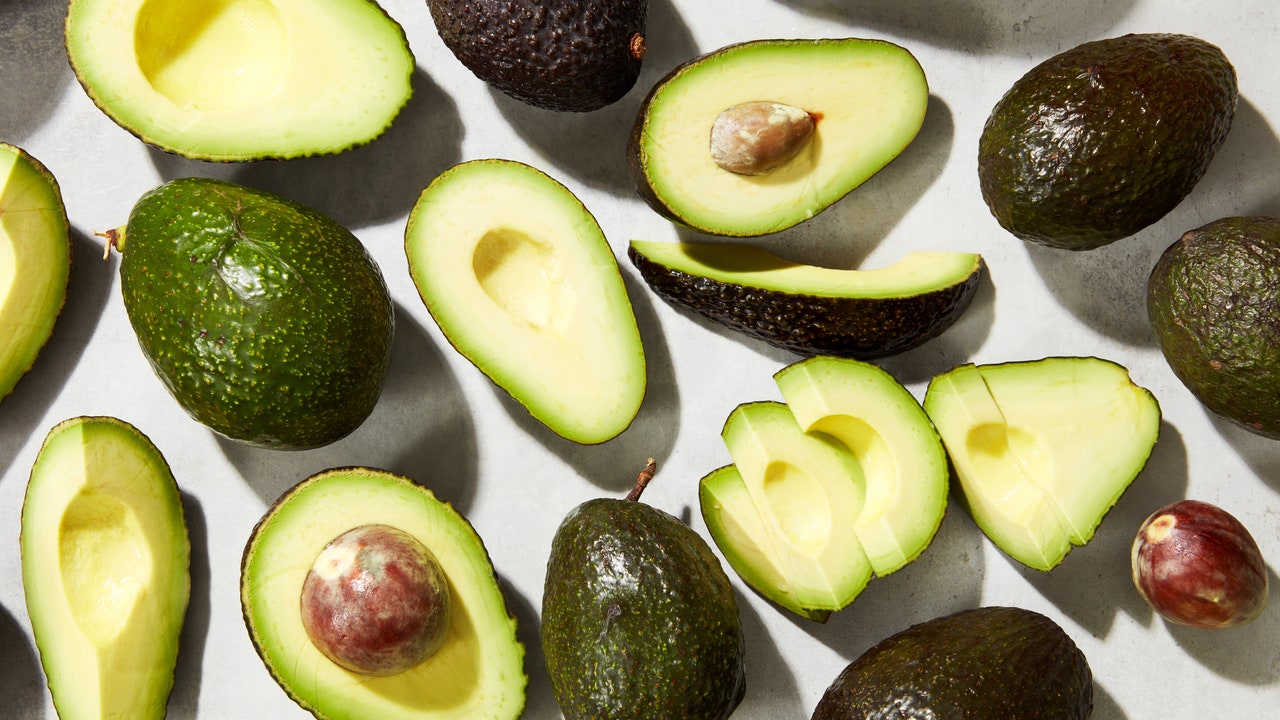Avocados are a unique fruit loved by many for their creamy texture and versatility. They can be a delicious topping for various dishes, but they can also be tricky to handle due to their ripening process. Here are some essential tips for dealing with avocados to ensure you always have perfectly ripe fruit on hand.
Understanding Avocados
Originating from Central America, avocados come in over 500 varieties, with the popular Hass being the most common. They are a single-seed berry with a high oil content, making them a favorite ingredient in many recipes.
When buying avocados, look for the Hass variety, which is known for its ability to withstand longer shipping times. Avoid avocados with gaps between the skin and flesh, as they may not be fresh.
Choosing Ripe Avocados
To determine if an avocado is ripe, gently press it with your fingers. A ripe avocado will yield to pressure but not be too soft. Avoid solely relying on color, as it may not indicate ripeness.
Where you buy your avocados matters, as proper storage is essential for maintaining their quality. Opt for suppliers who store avocados in temperature-controlled environments.
Ripening Avocados at Home
Avoid using the paper bag method to ripen avocados, as it may lead to overripening. Instead, store avocados in a cool place with stable temperatures to achieve optimal ripeness.
Freezing ripe avocados can extend their shelf life, but they are best used in baked goods or smoothies due to their altered texture.
Storing Cut Avocados
To prevent browning, sprinkle lemon or lime juice over cut avocados and wrap them tightly before refrigerating. Avoid submerging avocados in water, as it may introduce harmful pathogens.
Reviving Unripe or Overripe Avocados
Unripe avocados can be used for dishes like ceviche or avocado fries, while overripe avocados are great for baking or making smoothies. Get creative with how you use avocados to avoid waste.
